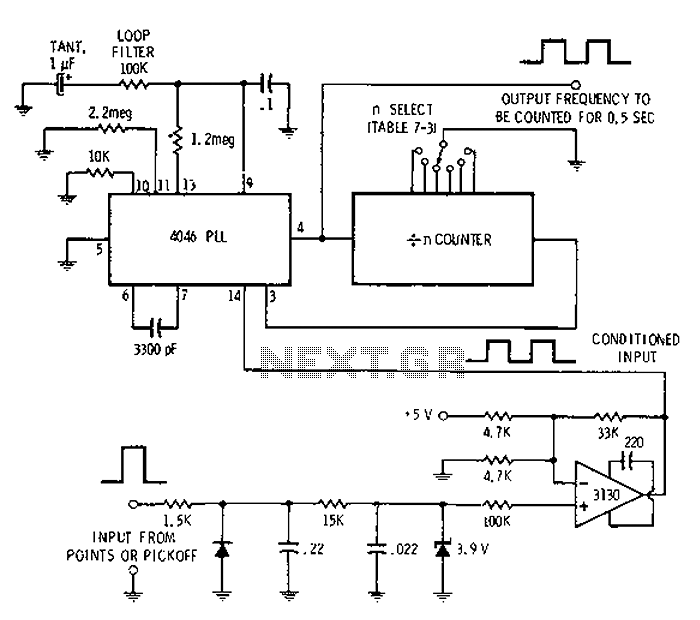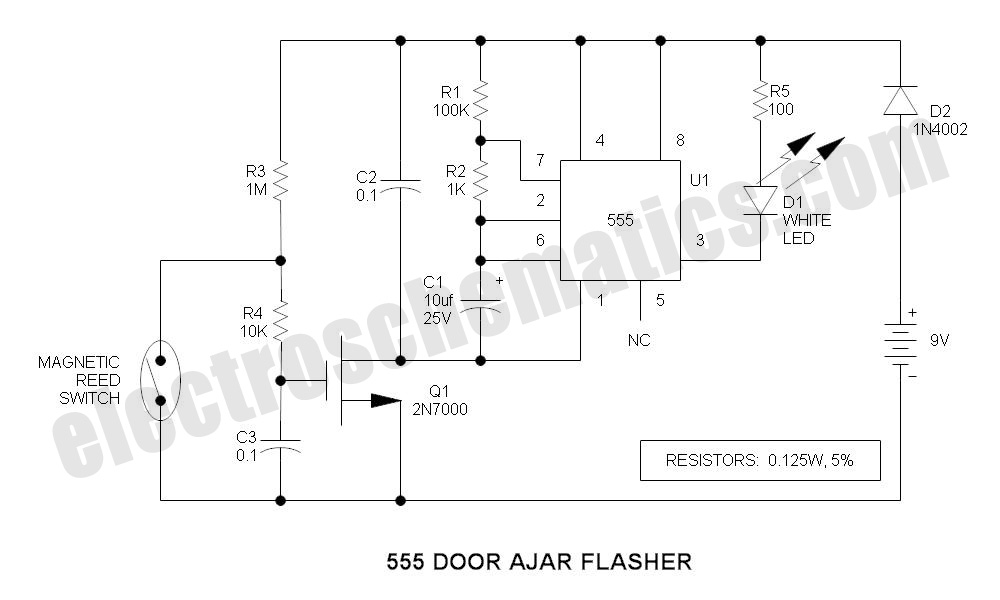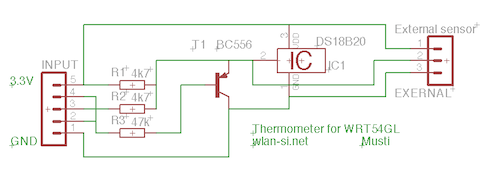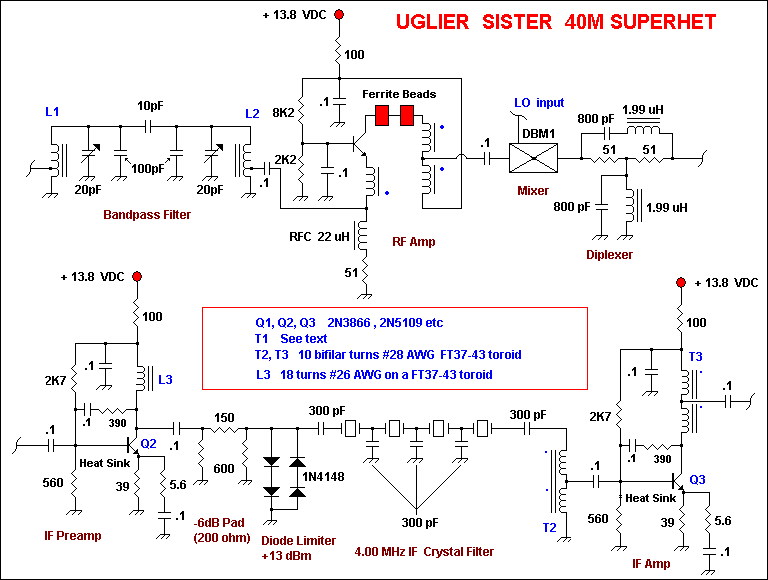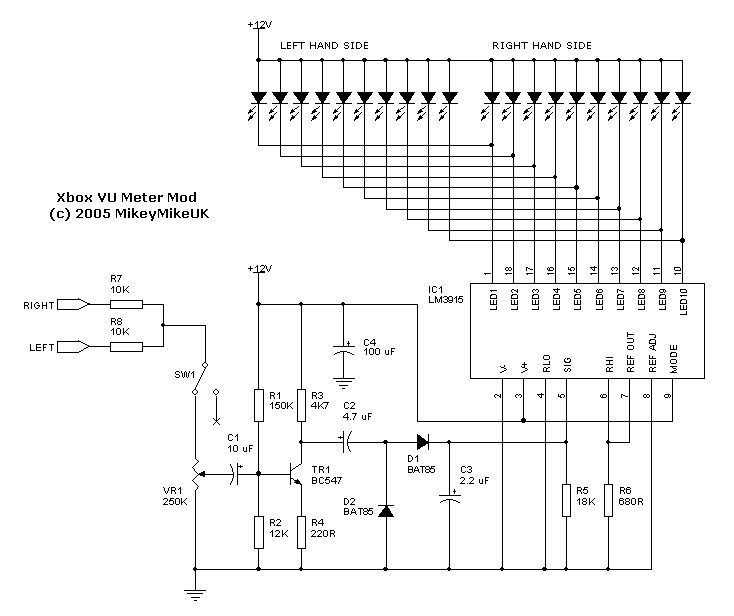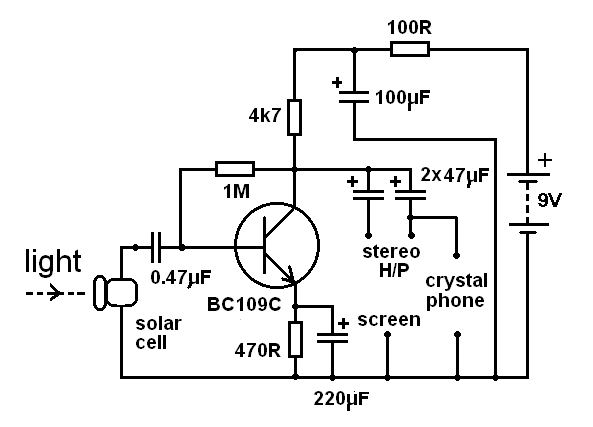
light intensity meter
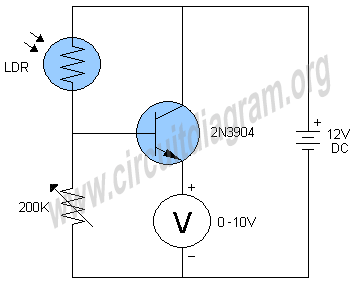
This simple light intensity meter circuit can be used to determine the intensity of light in a wide variety of electronic projects and experiments.
The light intensity meter circuit is designed to measure ambient light levels and can be employed in various applications, including photography, horticulture, and environmental monitoring. The core component of this circuit is typically a light-dependent resistor (LDR), which changes its resistance based on the light intensity it is exposed to.
In a basic configuration, the LDR is connected in a voltage divider arrangement with a fixed resistor. The output voltage from this divider can be fed into an analog-to-digital converter (ADC) for digital processing or directly into a microcontroller for further analysis. The microcontroller can then display the light intensity on an LCD or LED display, providing a user-friendly interface.
The circuit may include additional components such as a potentiometer for calibration, ensuring accurate readings across different light conditions. Powering the circuit can be achieved through a battery or a DC power supply, depending on the intended use case.
For increased functionality, the circuit can be enhanced with features such as data logging, where light intensity readings are stored over time for analysis, or wireless transmission capabilities to send data to a remote monitoring system.
Overall, this light intensity meter circuit serves as a versatile tool for measuring light levels, adaptable to various electronic projects and experimental setups.This simple light intensity meter circuit can be used to determine the intensity of light in a wide variety of electronic projects and experiments.. 🔗 External reference
The light intensity meter circuit is designed to measure ambient light levels and can be employed in various applications, including photography, horticulture, and environmental monitoring. The core component of this circuit is typically a light-dependent resistor (LDR), which changes its resistance based on the light intensity it is exposed to.
In a basic configuration, the LDR is connected in a voltage divider arrangement with a fixed resistor. The output voltage from this divider can be fed into an analog-to-digital converter (ADC) for digital processing or directly into a microcontroller for further analysis. The microcontroller can then display the light intensity on an LCD or LED display, providing a user-friendly interface.
The circuit may include additional components such as a potentiometer for calibration, ensuring accurate readings across different light conditions. Powering the circuit can be achieved through a battery or a DC power supply, depending on the intended use case.
For increased functionality, the circuit can be enhanced with features such as data logging, where light intensity readings are stored over time for analysis, or wireless transmission capabilities to send data to a remote monitoring system.
Overall, this light intensity meter circuit serves as a versatile tool for measuring light levels, adaptable to various electronic projects and experimental setups.This simple light intensity meter circuit can be used to determine the intensity of light in a wide variety of electronic projects and experiments.. 🔗 External reference
